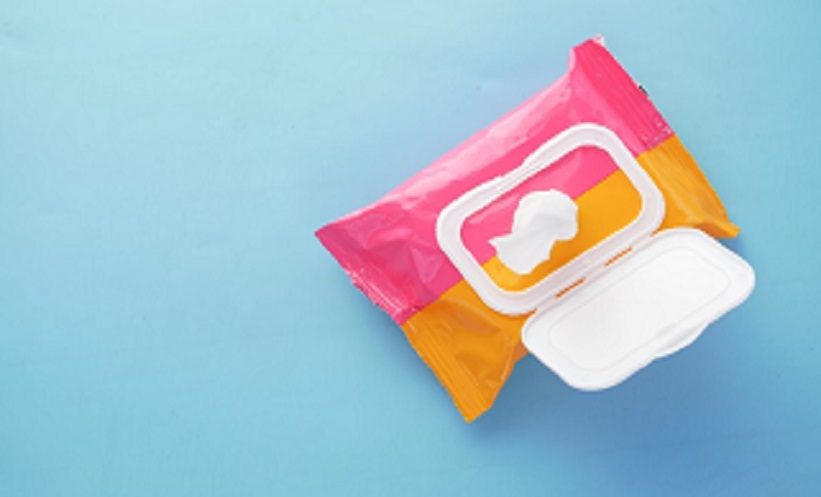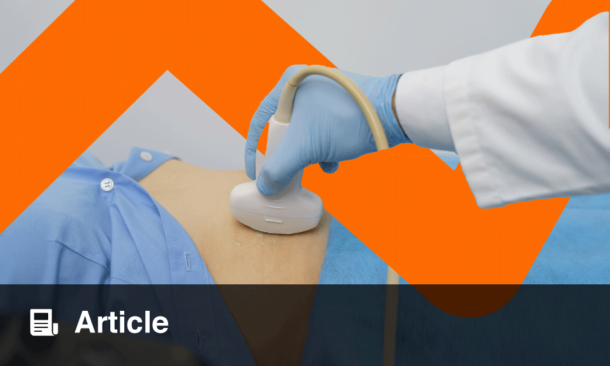USING wet wipes to clean patients with catheters who are bedridden leads to fewer catheter-associated urinary tract infections, according to recent research. Irma Casas, Germans Trias i Pujol University Hospital, Badalona, Spain, and colleagues, commented: “In the critical care unit of cardiac surgery, the compliance with the inpatient hygiene protocol was very low,” adding: “Despite being a patient with few days of hospitalisation, they had a significantly higher rate of bacteriuria or catheter-associated urinary tract infection (CAUTI) than other units.”
The research team conducted an open-label, randomised controlled trial between January 2019 and February 2020. The study included patients who were bedridden, who were undergoing cardiac surgery and had an indwelling urinary catheter. Patients in the control group received conventional patient hygiene with water and soap, and those in the experimental group were cleaned with dry hygiene wet wipes. The wet wipes had decontaminating properties; however, not in an antiseptic capacity, wrote the researchers.
The analysis included 170 patients, split equally into two groups of 85. The results showed that CAUTI was significantly more frequent in the control group than in the experimental group (16.5% versus 5.9%, respectively; P=0.035). In a multivariable analysis, Casas and colleagues found that CAUTI was independently associated with conventional hygiene (odds ratio: 4.1; 95% confidence interval: 1.3–12.7).
Of the 19 patients who had CAUTI, the results showed that the majority (60%) had an enterobacterial infection, although polymicrobial culture were reported (20%), and appeared more frequently in patients who received conventional hygiene (75%). The researchers also reported that though most patients (94.1%) “maintained skin integrity,” more patients who received conventional hygiene (7.1%) versus dry hygiene (3.5%) developed moisture-induced skin lesions. Casas concluded: “Investment in prevention measures is costly, but efficient if the impact on the patient and the healthcare system is taken into account.”








